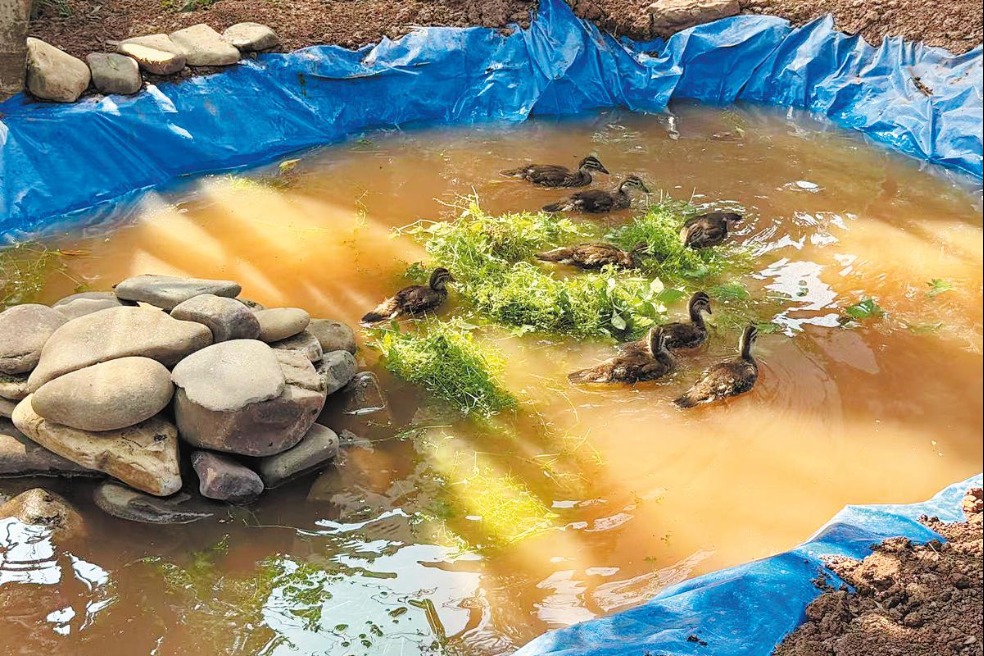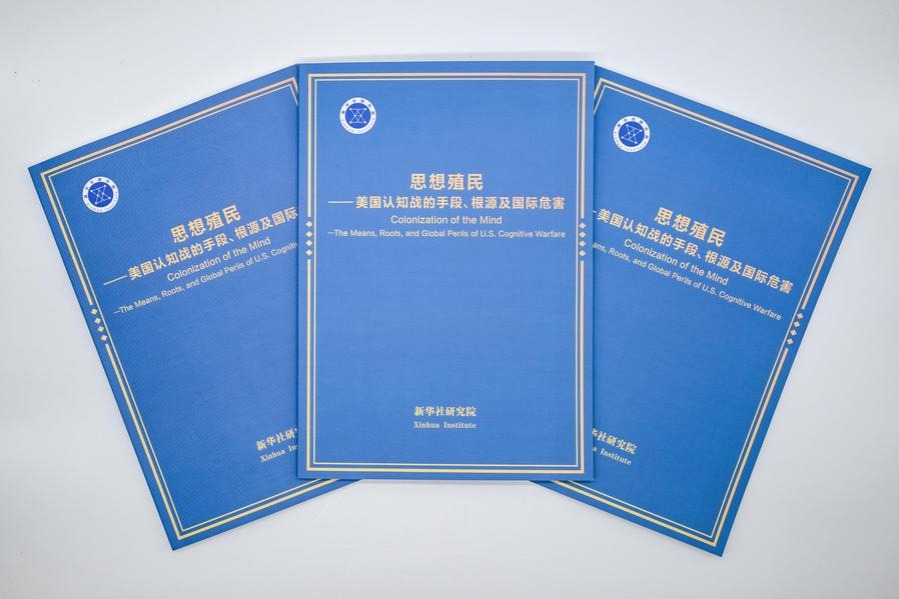Chinese researchers conduct satellite tracking of wild snow leopards

LANZHOU -- A research team in Northwest China's Gansu province has successfully tracked a wild snow leopard by satellite for nearly a month, local authorities said.
After being approved by the National Forestry and Grassland Administration, the management bureau of Gansu's Yanchiwan National Nature Reserve, together with the Beijing Zoo, Wild World Jinan and other institutions, launched the satellite tracking in December 2020.
The tracking is meant to strengthen the monitoring and research of the behavior and habitat of snow leopards and promote the formulation and implementation of protection plans for the endangered species, said Wu Liji with the management bureau.
In early February, researchers caught a wild female snow leopard in the reserve and attached a positioning collar around its neck before releasing it back into the wild.
"Nearly a month of tracking has shown that the snow leopard is still in the vicinity of the field, and the collar and the animal's vital signs remain normal," said Wu.
The research team will further analyze the satellite data to fully understand the movements and habitat selection of snow leopards in the Yanchiwan reserve.
The snow leopard is a Class A protected animal in China and is classified as "vulnerable" by the International Union for Conservation of Nature. It is estimated that about 2,000 live in China's Qinghai, Xinjiang, Tibet, Sichuan and Gansu.
- High penalties suggested for data breaches
- AI risks, collaborative defense focus of Kunming cyber forum
- Draft prison law emphasizes fair treatment for inmates
- Students welcome social media account of RUC's Party secretary
- China Daily app announces winners of limited-edition military models
- China formulates, revises 150 sets of administrative regulations in 14th Five-Year Plan period





































